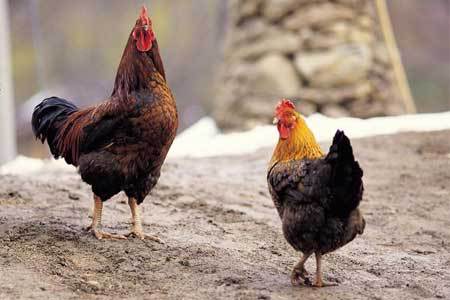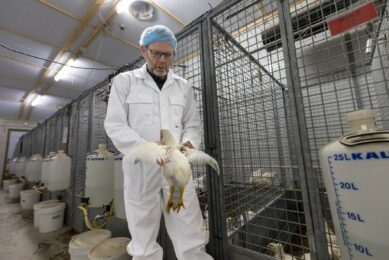How free is free range?

Recently Pete Bedwell, the editor from the Australian magazine Poultry Digest, told me how Australians are struggling with the definitions for ‘free range’ labelling and regulations.
The Australian Consumer regulator ACCC recently asked for response to an inquiry over ‘what is free range’ for layers and now for broilers. It received 1600 submissions from industry, retail, animal welfare groups, which obviously will keep the ACCC busy for months.
What happened during the course of this year?
At the beginning of 2012, producer owned organisation Australian Egg Corp Ltd (AECL), finally after 10 years of avoiding the issue, announces their standard: 20,000 hens per hectare being the focal point. Predictably this number created howls of protest from animal rights outfits and green politicians, who probably are seeking publicity rather than an outcome.
Long before AECL came up with its formula, FREPA (Free Range Egg & Poultry Australia Ltd a grower based body that up until recently was the best recognised association for ‘free range ‘ production) predictably joins the protests. Its protocols are based on 1500 birds per hectare.
In April AECL has put in submission its protocols to ACCC to allow them to be used for labelling and promotion purposes. As part of a push to achieve acceptance AECL promoted videos of free-range layer sheds stocked at 20,000 birds per hectare, a move which backfired.
On the poultry meat side, in late 2011/early 2012 Australia’s largest integrator Baiada commences an advertising campaign of its Steggles brand for broilers using the words Free Roaming for conventional broiler sheds. The reason given for this move is that the chicken meat industry needs to counter the belief by consumers that broilers are raised in cages.
There is some validity for this reasoning. Particularly commercial TV constantly runs images of cage layers when a subject about broilers is discussed. In addition, certain animal rights groups do nothing to dispel this myth despite the fact that it knows it to be incorrect.
Not long after the advertising campaign started, the ACCC took court action against Baiada, the Australian Chicken Meat Federation ACMF (industry body) and Turi Foods, a smaller Victorian integrator that uses the free roaming concept on its packaging. The action against Baiada and ACMF are still in progress. Turi Foods however, settled out of court and accepted a moderate fine and changed its labelling.
In July 2012, the Australian Poultry Industry Association (basically part of ACMF) applied to the ACCC to have its own protocols adopted (a similar move to AECL in other words).
The way things are going now it looks as if too many parties want too many different things, all fighting for their own benefits. Once rules have been set, they will of course impact on the economics of free range production. Observing these developments, I get the feeling that the consumers are trying to cage the producers of eggs and poultry meat.
Join 31,000+ subscribers
Subscribe to our newsletter to stay updated about all the need-to-know content in the poultry sector, three times a week. Beheer
Beheer








 WP Admin
WP Admin  Bewerk bericht
Bewerk bericht